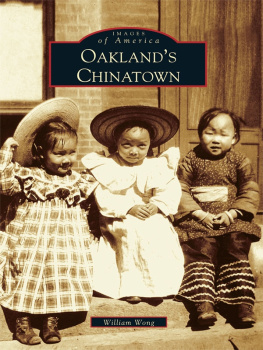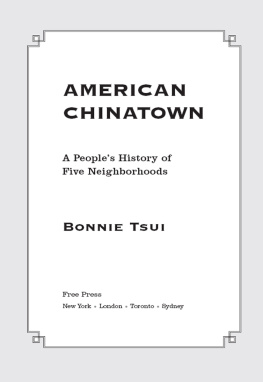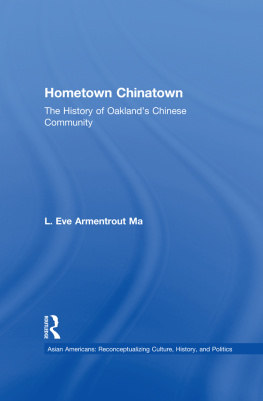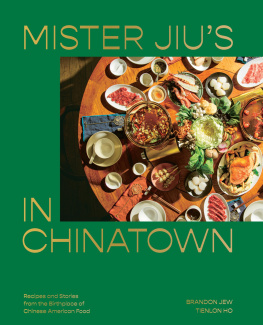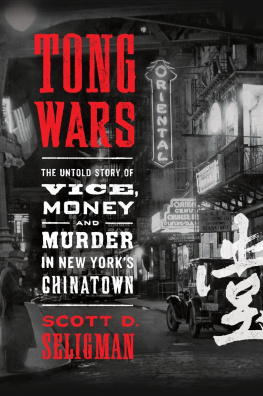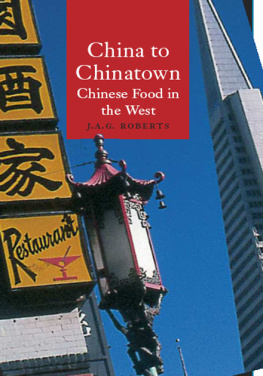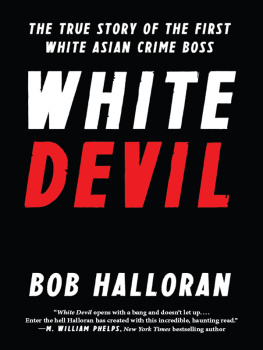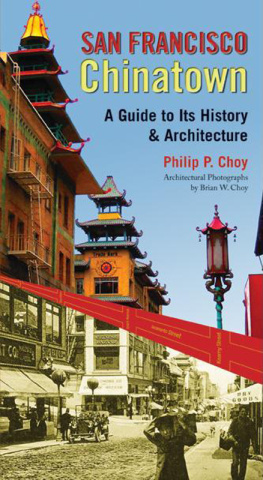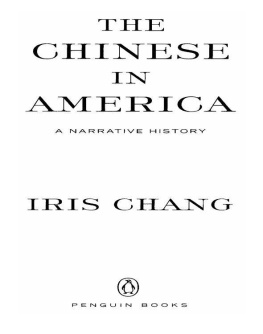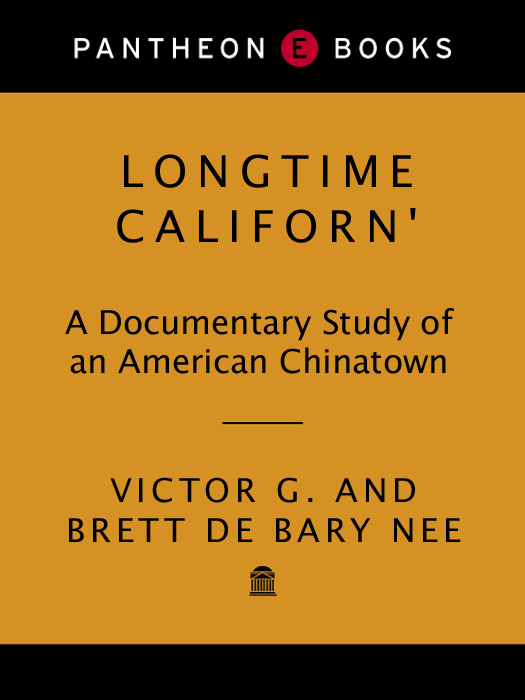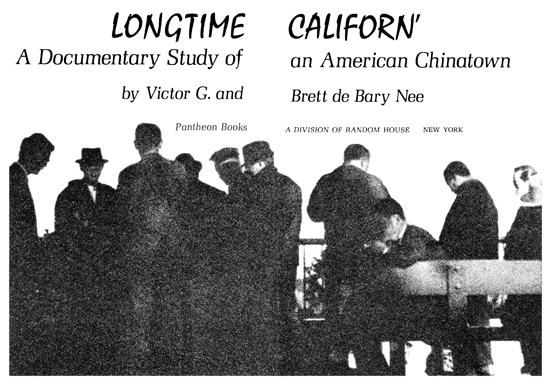Copyright 1972, 1973 by Victor G. and Brett de Bary Nee
All rights reserved under International and Pan-American Copyright Conventions. Published in the United States by Pantheon Books, a division of Random House, Inc., New York, and simultaneously in Canada by Random House of Canada, Limited, Toronto.
Library of Congress Cataloging in Publication Data
Nee, Victor, 1945
Longtime Californ.
1. Chinese in San Francisco. I. Nee, Brett de
Bary, 1943 joint author. II. Title.
F869.S3N27 301.451951079461 7212389
ISBN 039446138-X
eBook ISBN: 978-0-8041-5391-1
v3.1
This book is dedicated to:
Gilbert and Margaret Nee
and Him Mark Lai
Contents
NOTE : See pages for charts showing the structure of and relationships among various organizations in San Franciscos Chinatown.
Acknowledgments
A book of this nature could not come into being without the generous contribution of time and effort from all who participated in its making. We owe the deepest thanks to everyone in Chinatown whose memories, insights, and reflections appear in the pages of this book. To the community as a whole, for granting us the privilege of studying its past and its present, we wish to express our appreciation.
Although it would be impossible to mention by name everyone in the community whose effort contributed to our work, there are some for whose assistance we are especially grateful. First, to the writer Frank Chin, Jr., who shared his writing, stories, and vision of Chinese America with us, we extend our thanks. Sam Yuen, of Self-Help for the Elderly, was unstintingly generous in making his office and facilities open for our use, in arranging interviews, and in interpreting. Without the active assistance of Lillian Sing and Frances Lee of the Chinese Newcomers Service, much of our discussion of the newly arrived immigrants would not have been possible. To Charlie and Russell Leong, whose friendship and uncanny insights into Chinatown life supported us during the entire period of our work, we are grateful. There were many others whose help was invaluable at various stages of our study. We owe thanks to Sue Fawn Cheng and Bill Wu, who made available the programs of the Chinese Cultural Center, and to Dr. Sanford Tom, whose early support opened the Chinatown door to us. Loni Ding, Dr. Rolland and Kathy Lowe, Nelson Wong, Dr. Ted and Anna Lee, Ben Tom, Maurice Chuck, Joe Yuey, Carmen Chow, Linda Zinn, Eileen Dong, Wei Bat Liu, Emile DeGuzman, H. K. Wong, and Stanley Lim also gave kind help.
There are also those outside of Chinatown who contributed to the making of this book. Tom Engelhardt aided us at every stage, reading various drafts of the manuscript, and giving us skillful editorial advice. Jim Peck also read the manuscript carefully and shared his perceptive analytical comments. Claire Seigelbaum, who discussed her experiences working with Oscar Lewis in Cuba with us, gave helpful advice on interviewing techniques. We are especially appreciative of the counsel of Professor Ezra Vogel of Harvard University, who showed his interest in the project from the beginning. Professor Lee Rainwaters seminar at Harvard also gave us many useful hints. We received constant encouragement and support from Professor Paul Lin of McGill University and his wife, Eileen. Professor Herbert Gans generously offered his time for consultation. Thanks also to photographer Ilka Hartmann, and to Bill, Cindy, and Roy Nee for their help.
For technical assistance we would like to thank Gladys Hansen, who gave us her gracious and knowledgeable aid in the Rare Books Room of the San Francisco Public Library; interpreters Rudy Kao, Leland Yee, and Betty Wu, and our unselfish typist, Sheila Lee; Priscilla Mark, who helped in transcription; and Wilma Chen, who not only transcribed many interviews but contributed her sensitive insights on them.
We are, finally, indebted to the editorial staff at Pantheon Books. The book owes its existence to the idea of our editor Andr Schiffrin, who had the foresight to see the significance of a study of an American Chinatown and whose patience and tireless interest in the book continued throughout.
We wish to acknowledge the financial assistance of the Ford Foundation, which provided a one year fellowship during 19711972, and of the late Gilbert C. Nee, who provided funds for typing, interpreting, and transcription.
Introduction
I AIMS, METHOD, AND SCOPE
This book is about a community and a people whose roots extend deep into the American past. Most Americans know of San Franciscos Chinatown, yet few can claim an understanding of this community, the role which its people played in the making of the American West, and the rich tradition and culture which it spawned in its one hundred and twenty year history. In a very real sense Chinatown has been a blind spot of American interest and concern, its people too small in number to pose a serious threat, and the reality of their history in America too painful an experience to remember. This book attempts to bring to the surface the past of Chinatown which has for so long been ignored as well as the present-day life of the people who make up the community. What forces created Chinatown and continue to perpetuate its existence? What has been the source of its exceptional cohesiveness and resilience as an American ethnic community? What is the consciousness of its people? Against the background of the historic process of Chinese immigration as that of the first, free, nonwhite people to America, these are the broadest questions with which this book attempts to deal.
Longtime Californ is a book which grew in stages. It was initially conceived of simply as a collection of interviews with people who lived in Chinatown. Since we ourselves had read little about Chinatown, American Chinese history, or California history before we began the book, we entered the community in June 1970, with no careful plan for research or hypothesis to prove, just a general interest in talking with people. All the concepts and theories in the book developed gradually after this pointoften taking off from the moment of reflection or the flash of insight of a local residentand grew directly from our conversations and observations of life in Chinatown. The limitation of written materials on Chinatown published so far in America made it all the more essential for us to rely on oral tradition and physical culture in attempting to understand the community.
Our first two weeks in Chinatown were spent familiarizing ourselves with the community. We had only one contact when we began. While this friend made arrangements for us to meet people, we also walked around starting conversations at random, simply by introducing ourselves to people and explaining that we were writing a book. The striking scene of the darkly-clothed, elderly men in Chinatown, who seemed to spend almost all their daylight hours in elaborate conversations on Portsmouth Square, immediately caught our attention. Our knowledge of Chinatowns history, however, was at that point too limited to guide us into meaningful conversations with these old men, so, while we struck up a few acquaintances, the first attempts to interview them proved frustrating. Otherwise, the most accessible people in the community at this point were the social workers who staffed Chinatowns newly established anti-poverty agencies, church workers, and a few gregarious shopkeepers. Within two weeks, we were able to get some idea of the situation in Chinatown through our talks with these people.


